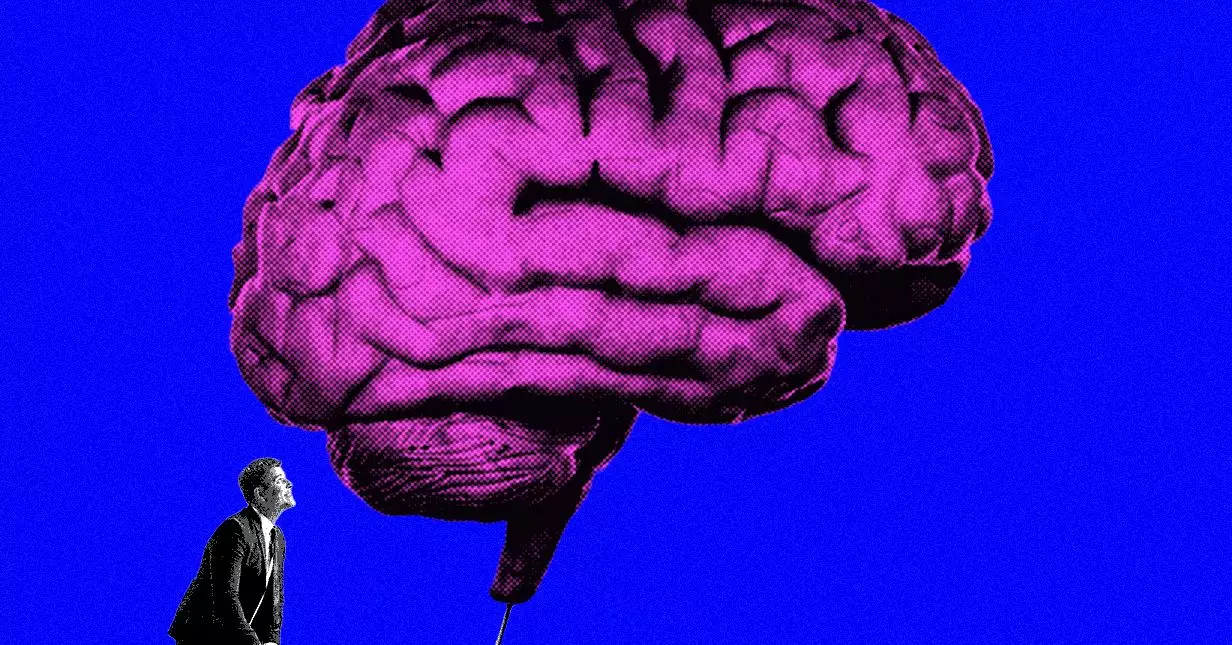The artificial intelligence landscape is perpetually evolving, with companies vying for a competitive edge. Among them, Databricks stands out for its innovative solutions that enable enterprises to harness the power of AI. Central to their approach is the recognition that while businesses may possess massive volumes of data, this data is often riddled with inconsistencies and inaccuracies, rendering it inadequate for training robust AI models. Jonathan Frankle, the chief AI scientist at Databricks, sheds light on this predicament. He emphasizes the disconnect between organizational aspirations and the availability of quality data. “Everyone has data, but it’s rarely clean enough for effective model fine-tuning,” he asserts, illuminating a crucial bottleneck in the machine-learning pipeline.
What this boils down to is a classic dilemma: the abundance of data juxtaposed with its often compromised quality. Without dependable, labeled datasets, it becomes immensely challenging for organizations to tailor AI systems for specific applications. Frankle’s insights don’t merely reflect theoretical understanding; they’re born from extensive dialogues with clients facing these very hurdles. This real-world awareness sets Databricks apart from many competitors that may operate solely from a technology-first perspective.
Innovation Through Constraints: The Best-of-N Technique
In response to the data quality crisis, Databricks has developed a revolutionary method known as Test-time Adaptive Optimization (TAO). This technique ingeniously circumvents the limitations of poor-quality training sets by leveraging the concept of ‘best-of-N.’ Unlike traditional machine learning approaches that require pristine datasets, TAO focuses on the idea that even suboptimal models can yield beneficial insights after numerous iterations. Through the best-of-N strategy, Databricks can discern which outputs resonate best with human evaluators. This iterative process not only optimizes the model but also generates synthetic training data that further refines its accuracy.
The brilliance of TAO lies in its ability to embed reinforcement learning into the very fabric of the model. Frankle describes this as a mechanism that “bakes in the benefits of best-of-N.” By allowing a model to learn and adapt based on feedback from human testers, the system continuously evolves, showcasing a self-improving characteristic that was previously deemed intricate and challenging to achieve.
The synergy between reinforcement learning and synthetic data amplifies the model’s effectiveness. Traditional AI frameworks often struggle against the wall of insufficient data quality, but Databricks’ strategy allows for innovation and optimization through simulated experiences. This approach not only enhances AI performance but also opens avenues for applications in areas that were previously restricted by the need for perfect datasets.
A Look Ahead: The Future of Custom Models
As Databricks refines its TAO technique, the implications for custom AI models are profound. The traditional barriers that have stifled innovation in AI due to data constraints are beginning to crumble. Businesses can now envision deploying AI agents that are not only efficient but also equipped to tackle real-world challenges without being bogged down by the minutia of data quality.
Moreover, the company’s openness about its methods serves dual purposes: it builds trust with clients and positions Databricks as a frontrunner in the AI field. Showcasing their capabilities through initiatives like DBX, their open-source large language model, communicates confidence in their technology. The transparency of their approach fosters a collaborative atmosphere where businesses can contribute feedback and insights, ultimately leading to the co-creation of more sophisticated AI solutions.
In an era where data quality can either propel or hinder AI endeavors, Databricks is leading the charge toward a future marked by adaptability and resilience in machine learning applications. By providing businesses with a pathway to harness AI’s full potential—even amidst data imperfection—they are transforming the landscape of AI development. The future is bright for organizations willing to embrace these technological advancements, as they now have the opportunity to deploy custom AI models that are not only powerful but also inherently adaptable to their unique operational environments.


Leave a Reply